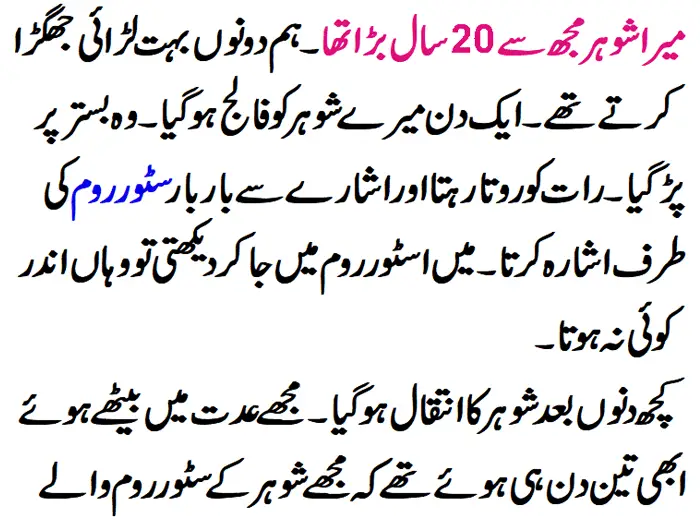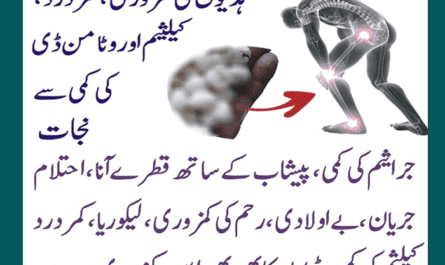Laser hair removal is a popular option for those looking to achieve smooth, hair-free skin. However, individuals with dark skin have traditionally faced challenges when seeking this treatment. In the past, lasers were primarily designed for lighter skin tones, which led to concerns about burns, hyperpigmentation, and inefficacy. Thanks to advancements in technology, laser hair removal for dark skin is now safer and more effective than ever.
In this article, we will explore everything you need to know about laser hair removal for dark skin, including how it works, what to expect during the procedure, the best types of lasers for dark skin, and tips for ensuring optimal results. By the end, you’ll have a comprehensive understanding of how to achieve smooth, hair-free skin safely and effectively with laser hair removal.
1. Understanding Laser Hair Removal
Laser hair removal is a non-invasive cosmetic procedure that uses concentrated light beams (lasers) to target and destroy hair follicles. The light emitted by the laser is absorbed by the pigment (melanin) in the hair, which heats up and damages the hair follicle, inhibiting future hair growth. Over time, this leads to a significant reduction in hair growth, with many people experiencing long-lasting results.
Advantages of Laser Hair Removal:
- Long-Term Hair Reduction: Unlike shaving or waxing, laser hair removal targets the root of the hair, providing a more permanent solution.
- Precision: Lasers can target dark, coarse hairs without affecting the surrounding skin.
- Speed: Each laser pulse treats many hairs in a fraction of a second, allowing for quick treatments, especially on larger areas like the back or legs.
Laser hair removal is a popular choice for individuals seeking a more permanent solution to unwanted hair, but the procedure’s safety and efficacy can vary based on skin tone.
2. Challenges of Laser Hair Removal for Dark Skin
For individuals with darker skin tones, laser hair removal has historically posed certain challenges. This is because lasers target melanin, the pigment that gives both skin and hair their color. Early laser technologies were not advanced enough to distinguish between the melanin in the hair and the melanin in the skin, making it more likely for people with dark skin to experience side effects such as:
- Burns: Due to the laser absorbing the pigment in the skin rather than just the hair, burns were a common issue.
- Hyperpigmentation: Dark patches of skin could develop after treatment due to the laser’s impact on melanin.
- Hypopigmentation: Some patients experienced light patches of skin where the pigment was damaged.
Because of these risks, many people with dark skin were excluded from laser hair removal treatments in the past. However, technological advancements have addressed many of these concerns, making laser hair removal for dark skin much safer today.
3. Advancements in Laser Technology for Dark Skin
The development of new laser technologies has significantly improved the safety and effectiveness of laser hair removal for dark skin. Today, there are two primary laser types that are considered safe for darker skin tones:
- Nd
Laser: This type of laser uses a longer wavelength, which allows it to bypass the pigment in the skin and focus solely on the melanin in the hair follicle. The Nd
laser is considered one of the safest and most effective options for individuals with dark skin.
- Diode Laser: This laser also works well for darker skin tones, as it uses a longer wavelength and targets the hair follicle with minimal impact on the surrounding skin.
These advancements have made laser hair removal an option for people with all skin tones, provided the correct laser is used and the practitioner is experienced.
4. Best Laser Types for Dark Skin
Nd
Laser
The Nd
laser is often considered the gold standard for laser hair removal on dark skin due to its longer wavelength of 1064 nm. This wavelength penetrates deeper into the skin, avoiding the melanin in the epidermis (the top layer of skin) and targeting the hair follicle more directly.
Pros:
- Safe for darker skin tones
- Lower risk of burns and hyperpigmentation
- Effective on thick, coarse hair
Cons:
- May require more sessions compared to other lasers
- Can be slightly more painful due to deeper penetration
Diode Laser
The diode laser is another option that has proven to be effective for dark skin. While it also uses a longer wavelength, it may not be as effective as the Nd
for very dark skin, but it still offers safe and successful results for a wide range of skin tones.
Pros:
- Effective on a wide range of skin tones
- Less painful than the Nd
- High success rate for reducing hair growth
Cons:
- Not as effective on very dark skin as the Nd
- May require more frequent maintenance sessions
5. Preparing for Laser Hair Removal
Preparation is key to ensuring a successful laser hair removal session, especially for individuals with dark skin. Here are some important steps to take before your appointment:
- Shave the Area: It’s important to shave the area to be treated one day before your session. This removes surface hair while keeping the follicle intact, allowing the laser to target it effectively.
- Avoid Sun Exposure: Dark skin is already more sensitive to laser treatments, so avoiding sun exposure before your session is crucial. Tanned skin can increase the risk of burns and hyperpigmentation.
- Discontinue Certain Skincare Products: Avoid using products with retinoids, alpha hydroxy acids (AHAs), and beta hydroxy acids (BHAs) for at least a week before your treatment, as these can increase skin sensitivity.
6. What to Expect During the Procedure
During the laser hair removal procedure, a handheld device will be used to deliver laser energy to the targeted area. The process is relatively quick, depending on the size of the area being treated. Here’s a general idea of what to expect:
- Pre-Treatment Prep: The practitioner will cleanse the area and may apply a cooling gel to minimize discomfort.
- Laser Application: The laser will be applied to the skin in short bursts. You may feel a slight snapping sensation, similar to a rubber band being flicked against your skin.
- Duration: Small areas, like the upper lip, can be treated in just a few minutes, while larger areas like the legs or back may take up to an hour.
- Post-Treatment: After the session, the treated area may be red or slightly swollen, but this typically subsides within a few hours.
7. Post-Treatment Care for Dark Skin
Proper post-treatment care is essential to ensure optimal results and minimize side effects. Here are some tips for caring for your skin after laser hair removal:
- Apply a Soothing Gel: Use aloe vera or a cooling gel to soothe any irritation or redness after the procedure.
- Avoid Sun Exposure: Protect the treated area from the sun by wearing sunscreen with at least SPF 30






